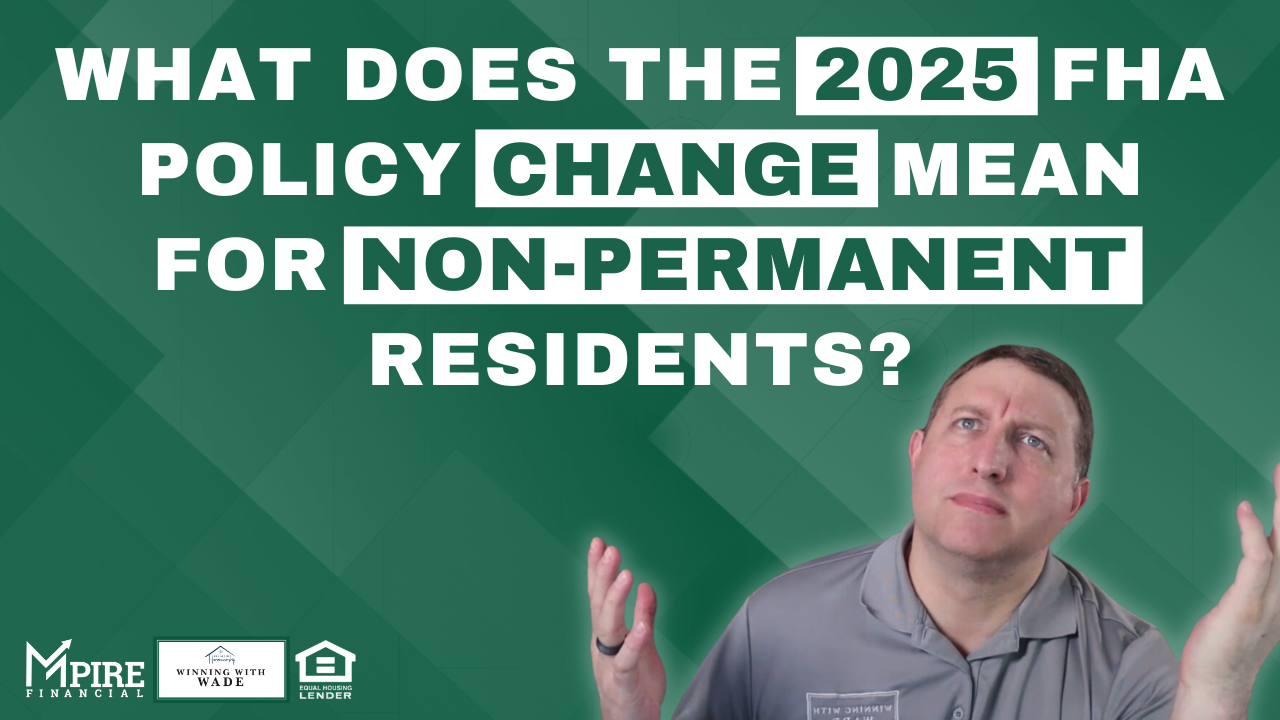The Federal Housing Administration (FHA) has long been a vital tool for helping Americans achieve…
Deceptive Home Loan Ads: A Guide to Protecting Your Finances
Deceptive home loan ads are the last thing you would expect to have to deal with when shopping for a home loan. It can be overwhelming, especially when faced with a seemingly endless number of offers, deals, and advertisements.
If you’ve been on the lookout for a home loan, you’ve likely encountered promotions that sound almost too good to be true—and in many cases, they are.
In this guide, we’ll break down common deceptive tactics that some lenders use to lure unsuspecting borrowers and how you can protect yourself from falling into these traps.
By the end of this article, you’ll have the tools you need to make informed decisions and avoid the pitfalls of misleading home loan advertisements.
Understanding the Role of the Consumer Financial Protection Bureau (CFPB)
The Consumer Financial Protection Bureau (CFPB) is responsible for overseeing lenders and ensuring that they follow fair and transparent practices. However, despite these regulations, some bad actors in the industry still find ways to mislead borrowers. This is why it’s crucial for you, as a consumer, to be aware of the red flags and to educate yourself on what to watch out for.
Red Flag #1: “Unbelievably Low” Interest Rates
One of the most common deceptive tactics is advertising incredibly low interest rates, significantly lower than what other lenders are offering. It’s easy to get excited when you think you’ve found a steal, but these deals are often just a bait-and-switch strategy. Here’s how it works:
- You see an ad promoting a low rate.
- You submit your information.
- You’re flooded with calls, emails, and texts, but none of the offers come close to the rate you originally saw.
How to Avoid Falling for This Tactic:
- Research multiple lenders to get a sense of what a competitive interest rate looks like.
- Ask direct questions about hidden fees or specific loan terms that might explain the low advertised rate.
Red Flag #2: Ads That Seem Affiliated With the Government
Some advertisements imply that the lender is affiliated with the government by using official-sounding language or mimicking the appearance of government logos and colors. They might reference programs like FHA Loans or VA benefits to suggest they are tied to federal programs, even when they are not.
How to Protect Yourself:
- Verify the lender’s credentials by checking with trusted sources like the Better Business Bureau or the CFPB.
- Ask for clear proof of affiliation if a company claims to be connected to the government.
Red Flag #3: Promises of Accepting Extremely Low Credit Scores
While there are legitimate loan programs available for people with less-than-perfect credit, you should be wary of ads that make it sound like anyone can get a loan easily, regardless of credit. Often, these offers come with:
- Higher interest rates.
- Unfavorable loan terms that can end up costing you more over time.
What You Can Do:
- Take time to improve your credit score if possible, which will give you access to better rates.
- Shop around to compare lenders and make sure you’re getting a fair deal based on your unique financial situation.
Red Flag #4: Ads That Create a Sense of Urgency
Many deceptive lenders use tactics that make you feel pressured to act fast, such as claiming their offer is part of a “limited-time economic stimulus plan” or saying that their rates are available “only for a short time.” This is designed to rush you into making a decision without fully evaluating the offer.
How to Stay Safe:
- Remember that legitimate offers won’t disappear overnight. Take your time to evaluate the terms, ask questions, and never feel rushed.
Red Flag #5: The “Skip a Payment” Trick
Some lenders will advertise that you can skip a payment if you refinance with them. While this might sound appealing, it’s usually a tactic to grab your attention. In reality, those skipped payments are often added to your loan balance, meaning you’ll end up paying more in the long run.
How to Spot This:
- Always ask for a full breakdown of the loan terms before agreeing to any offers that seem too flexible.
- Make sure you understand how skipped payments are handled.
Red Flag #6: Misleading Payment or Property Value Claims
Some ads will show low payment amounts to attract borrowers or make bold claims about how much property values have risen. However, these can be misleading:
- Lower payments often mean longer loan terms or higher interest rates, which could cost you more in the long run.
- Property value claims should always be verified through trusted, independent sources.
What to Do:
- Don’t take advertisements at face value. Always verify payment structures and property value claims with credible, third-party sources.
Red Flag #7: The Myth of “Zero Closing Costs”
Ads that claim you can get a loan with zero closing costs sound too good to be true—and that’s because they usually are. In most cases, lenders who offer “no closing costs” are either:
- Rolling the costs into your loan balance.
- Charging you a higher interest rate to cover those costs.
How to Avoid This Trap:
- Ask your lender for a detailed breakdown of all fees.
- Understand that “no closing costs” typically means no lender fees, but you’ll still be responsible for other charges.
The Importance of Transparency
When it comes to your finances, transparency is key. A reputable lender will be upfront about all the terms of your loan, including interest rates, fees, and any other conditions that may affect your payments. If something feels off or unclear, don’t hesitate to ask for more information.
Why You Should Consider an Independent Mortgage Broker
Companies that spend large sums on advertising often recoup those costs by passing them onto you through higher loan fees or rates. On the other hand, independent mortgage brokers typically operate at a local level with fewer overhead costs, which can result in lower fees for you.
Advantages of Working with a Broker:
- Personalized service: Brokers work with multiple lenders to find the best deal for you.
- Lower costs: Brokers often have lower overhead compared to large retail lenders, which means they can pass savings on to you.
Conclusion: Trust Your Instincts and Do Your Research
At the end of the day, trust your instincts. If an offer seems too good to be true, it probably is. Always take the time to research, compare offers, and ask questions before making any decisions. Your home is one of the biggest investments you’ll ever make, and you deserve to work with someone you can trust.
If you’re feeling overwhelmed or unsure of your options, my team is here to help. We’ve built our business on trust and client satisfaction. Feel free to reach out, and we’ll guide you through the process to ensure you make the best choice for your financial future.




